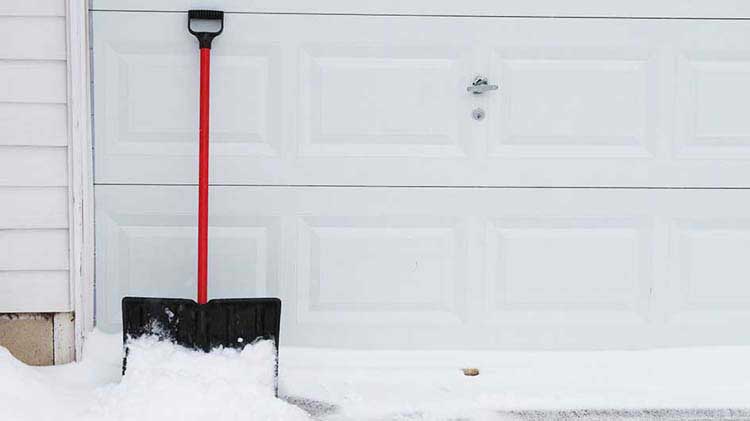You may be affected by a winter storm in your area
Winterizing your home to protect against snow and below-freezing temps can help your home withstand the ups, downs and erratic moods of Mother Nature.
No matter where you live, winter can signal a dip in temperatures and the possibility of unpredictable weather, including inches of snow and dangerous ice. Winterizing a house — from climates that expect snow and below-freezing temps for months, to regions that experience a cooling off and unpredictable precipitation — can help make sure your home is ready for the season.
Tips to prepare the inside of your home for the winter storm
The comforts of a cozy, warm home in winter can help you forget about the short days and the multiple layers of clothing. These tips can help you weather the winter storm.
- Seal potential leaks. Seal areas around recessed lights, the attic hatch and plumbing vents that may be allowing warm air from the living space below to enter the attic.
- Allow for ventilation. Proper attic ventilation, adequate attic insulation and a tight air barrier between the attic and the interior of the house can help prevent ice dams.
- Use window sheet kits. If you don't have double-paned or storm windows, try a plastic-film sheet kit from your local hardware store. These will only last one season, but they can help with energy efficiency and help halt the cold flow of winter drafts.
- Apply weather stripping and caulk. Add weather stripping to doors and caulk window gaps. Check that all windows are locked to help keep out as much cold air as possible.
- Let water drip from hot and cold faucets overnight.
Outside winter home maintenance tips
Even with the cold weather conditions, your yard still needs to be maintained.
- Tool checkup. Make sure your snow shovels are free from cracks.
- Winterize outdoor faucets. Remove all hoses or devices attached to outdoor spigots and drain any water left behind in the pipes.
- Outdoor furniture. Wash upholstery and frames. In northern climates, consider storing both furniture and cushions in a covered spot free from moisture.
- Clear any landscape debris and waste. Remove any debris or branches from around the HVAC unit, gas meters, basement windows and your dryer exhaust vent.
- Firewood. Store your firewood in a dry place at least 30 feet from your home to help avoid a fire hazard.
- Swimming pools and hot tubs. In northern climates, close and secure both the swimming pool and hot tub.
- Outdoor lights. Ensure that lights at doors (front, back and garage) are functioning. Replace any burned-out bulbs with more efficient LED options.
- Prevent pests. Walk around your house to check the foundation for small cracks or openings where mice or other pests can tunnel in. Winter is when they seek the warmth of your house, so seal up any possible entrances.
- Sidewalk and driveway. Shovel the snow from the sidewalk and driveway and then follow-up with a de-icing product to help prevent slips and falls.
Tip: Heavy accumulations of snow, ice and rain can lead to water damage and even roof collapse. If buildup occurs, the safest option is to hire a snow removal contractor. If you do the work yourself, use a specially designed roof rake to gently pull snow off the roof from the safety of the ground.
Winter storm preparation tips
Blackouts and snow-ins can occur during winter months, so take a moment to prepare yourself and your family for such winter emergencies. Having the following items ready can help you make it through safely:
- Battery-powered flashlights or lanterns and extra batteries
- Drinking and/or bottled water
- Nonperishable food items
- Extra blankets, sleeping bags and warm winter coats
- Phone numbers for your utility companies
- Cell phone and portable charger
- Prescription drugs and other medicine
- A battery-powered radio, with extra batteries, for listening to local emergency instructions
- Battery backup to help protect your computer and other important electronic equipment
- A first-aid kit
- Consider buying a generator — a permanent or portable generator can help provide temporary power when and where you need it.
If you've been affected by the recent winter storm in your area and need to report your claim, text the word “CLAIM” to 62789 to receive a link or you can report easily through statefarm.com® , our State Farm mobile app, contacting your State Farm agent or calling 800-SFClaim (800-732-5246800-732-5246).
If you determine your home sustained damage, to protect your property from further damage or loss, be sure to make reasonable and necessary temporary repairs. Keep an accurate record of repair expenses along with any photos of damage. If you have a covered loss, these repairs may be reimbursed by State Farm.
